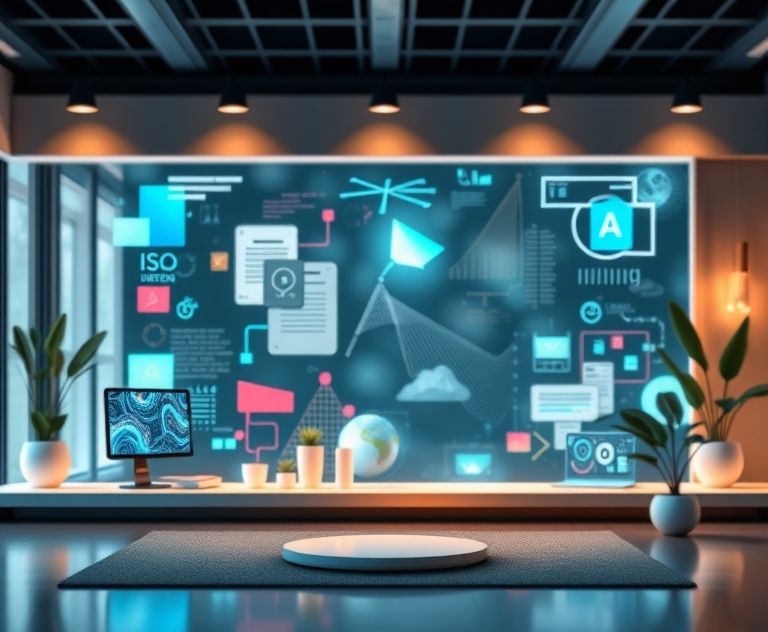Troubleshooting Blurry Images in AI Image Generators: A Comprehensive Guide
AI image generation has revolutionized the way we create visual content, but one of the most common issues users face is blurry images. In this article, we will delve into the world of AI image generation, exploring the causes of blurry images, and providing you with practical tips and techniques to troubleshoot and improve the quality of your generated images.
The first step to understanding how to fix blurry images is to comprehend how AI image generators work. These sophisticated tools use complex neural networks to analyze text prompts and generate images that match the described scene. However, the quality of the output depends on various factors, including the model’s architecture, the quality of the training data, and the specificity of the prompt. By grasping these fundamental concepts, you will be better equipped to identify and address the root causes of blurry images.
One of the primary reasons for blurry images is the lack of detail in the prompt. When the prompt is too vague or general, the AI model may struggle to generate a clear and focused image. To overcome this, it’s essential to craft detailed and descriptive prompts that provide the model with a clear understanding of what you want to achieve. For instance, instead of using a prompt like ‘a cat,’ you could use ‘a fluffy white cat with bright blue eyes sitting on a velvet cushion, with soft natural lighting and a professional photography style.’ This level of detail will help the model generate an image that is not only clear but also meets your artistic vision.
Another critical factor that affects image quality is the model’s resolution. Most AI image generators have a default resolution that may not be suitable for all types of images. If you’re generating images for professional use, such as marketing materials or product designs, you may need to adjust the resolution to achieve the desired level of detail. Fortunately, many AI image generators, including Icebox AI, offer adjustable resolution settings, allowing you to tailor the output to your specific needs.
In addition to prompt detail and model resolution, the quality of the training data also plays a significant role in determining the clarity of the generated images. AI models learn from the data they are trained on, and if the training data is of poor quality, the model may generate images that are blurry or lacking in detail. To mitigate this, it’s crucial to choose an AI image generator that uses high-quality training data and has a robust model architecture. By doing so, you will be able to generate images that are not only clear but also visually stunning.
Understanding the Causes of Blurry Images
Blurry images can be caused by a variety of factors, including poor prompt quality, low model resolution, and inadequate training data. However, there are also other less obvious causes, such as overfitting or underfitting of the model, that can lead to blurry images. Overfitting occurs when the model is too closely fit to the training data, resulting in poor generalization to new prompts. Underfitting, on the other hand, happens when the model is not complex enough to capture the underlying patterns in the training data, leading to blurry or unclear images.
To address these issues, it’s essential to experiment with different prompts, models, and settings to find the optimal combination that works for your specific use case. You may also need to fine-tune the model or adjust the hyperparameters to achieve the desired level of image quality. By taking a systematic approach to troubleshooting and optimizing your AI image generation workflow, you will be able to overcome the common pitfalls and produce stunning, high-quality images that meet your creative vision.
Practical Tips for Improving Image Quality
Improving the quality of your AI-generated images requires a combination of technical knowledge, creativity, and experimentation. Here are some practical tips to help you get started: try Icebox AI for free and explore the various models and settings available. Start by crafting detailed and descriptive prompts that provide the model with a clear understanding of what you want to achieve. Experiment with different models, resolutions, and settings to find the optimal combination that works for your specific use case.
Additionally, consider using image editing software to refine and enhance your generated images. Many AI image generators, including Icebox AI, offer integrated editing tools that allow you to fine-tune the output and add a personal touch to your images. By leveraging these tools and techniques, you will be able to take your AI-generated images to the next level and achieve professional-grade quality.
Conclusion
In conclusion, troubleshooting blurry images in AI image generators requires a deep understanding of the underlying causes and a systematic approach to optimization. By crafting detailed prompts, adjusting model settings, and experimenting with different models and techniques, you can significantly improve the quality of your generated images. Remember to always choose an AI image generator that uses high-quality training data and has a robust model architecture, such as Icebox AI. With practice, patience, and persistence, you will be able to master the art of AI image generation and produce stunning, high-quality images that meet your creative vision.
Frequently Asked Questions
Q: What causes blurry images in AI image generators?
A: Blurry images can be caused by a variety of factors, including poor prompt quality, low model resolution, and inadequate training data. Other less obvious causes include overfitting or underfitting of the model.
Q: How can I improve the quality of my AI-generated images?
A: Improving image quality requires a combination of technical knowledge, creativity, and experimentation. Craft detailed prompts, experiment with different models and settings, and consider using image editing software to refine and enhance your generated images.
Q: What is the best AI image generator for professional use?
A: The best AI image generator for professional use depends on your specific needs and requirements. Consider using a generator that offers high-quality training data, adjustable resolution settings, and integrated editing tools, such as Icebox AI.



